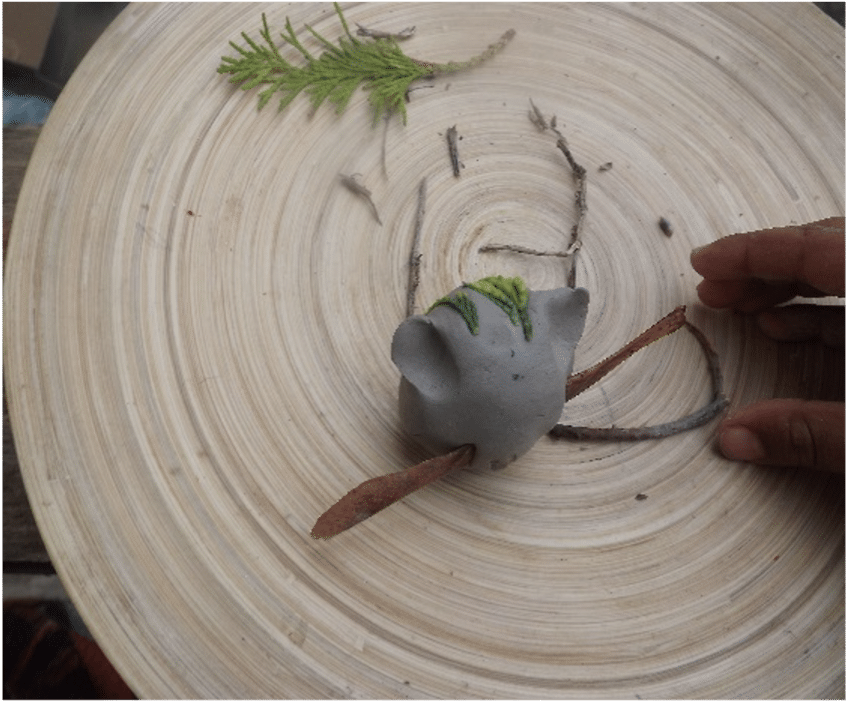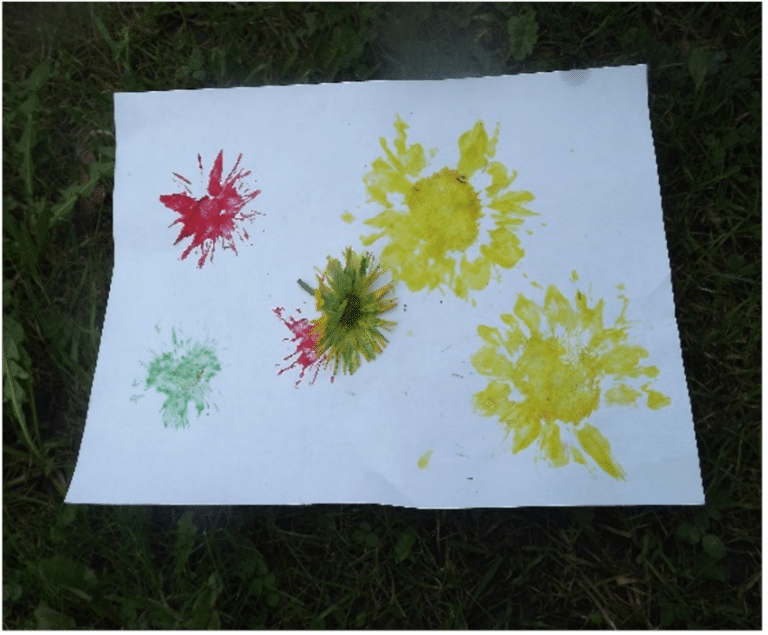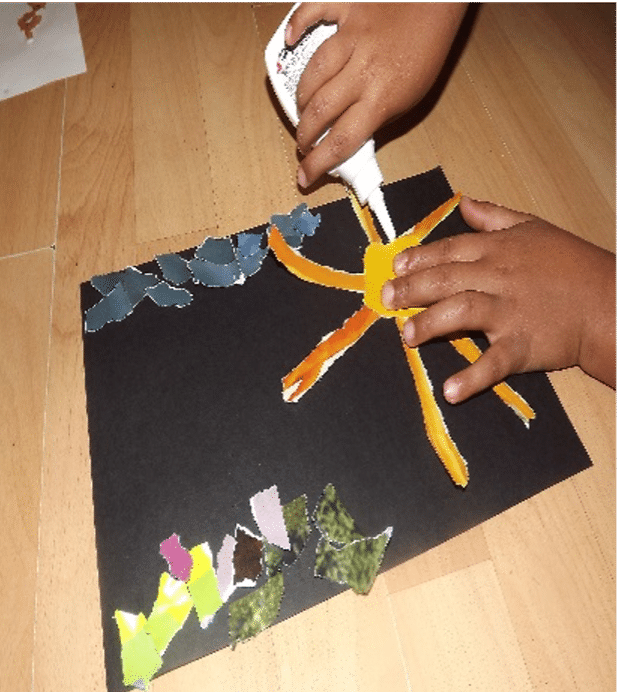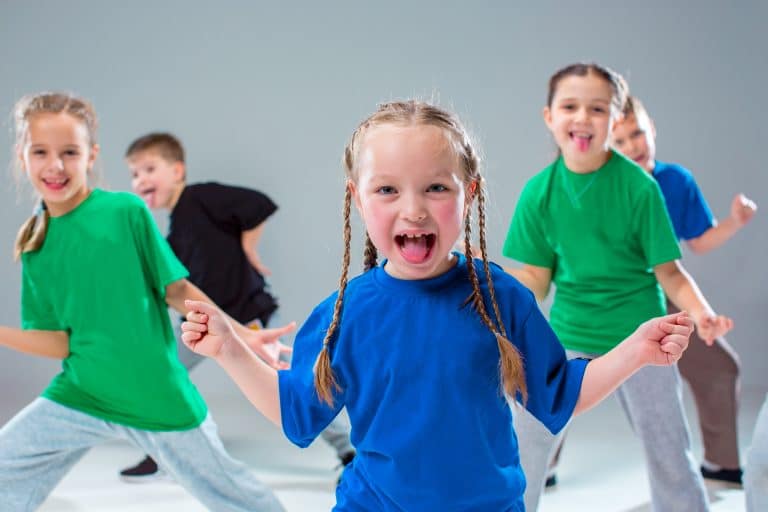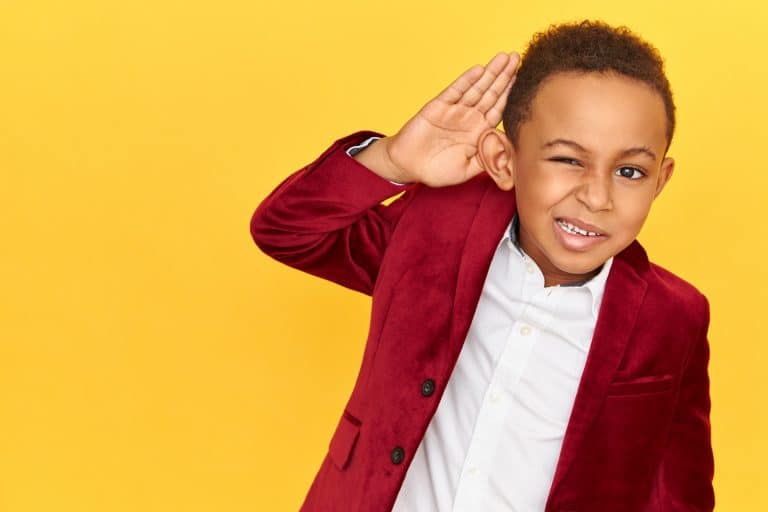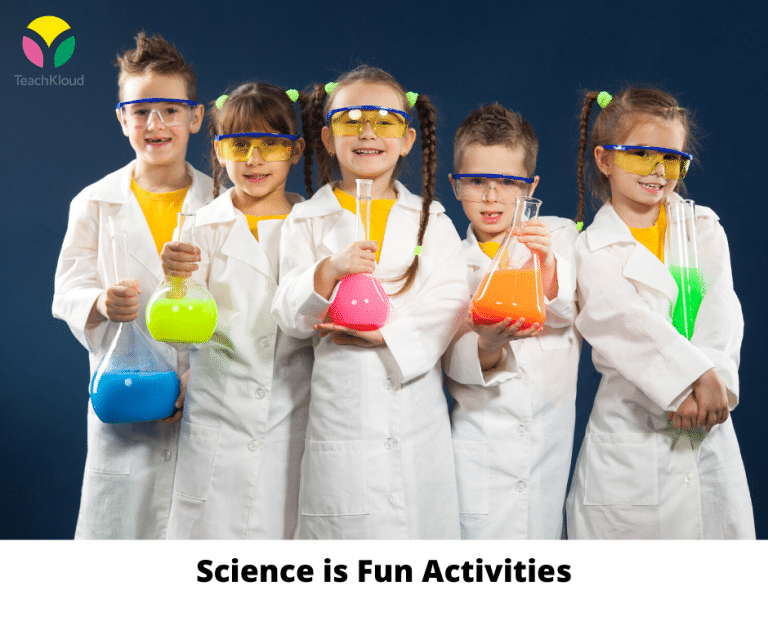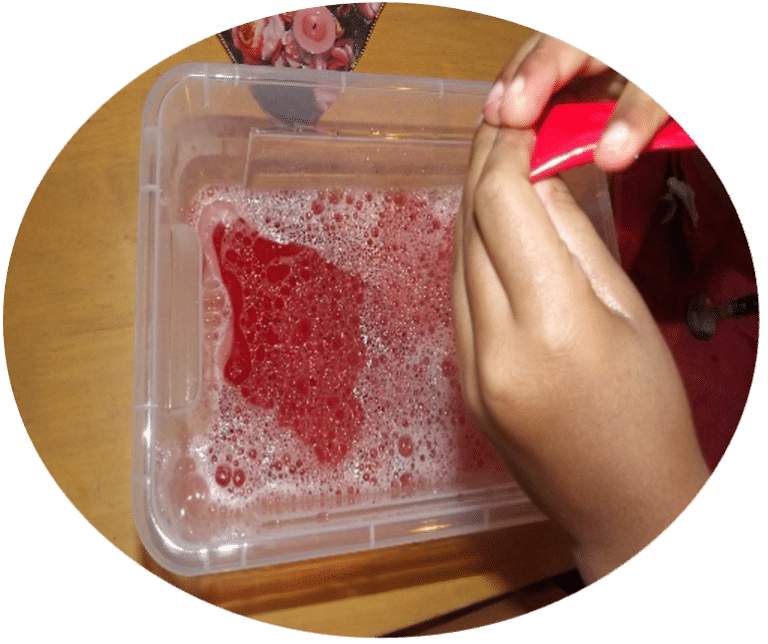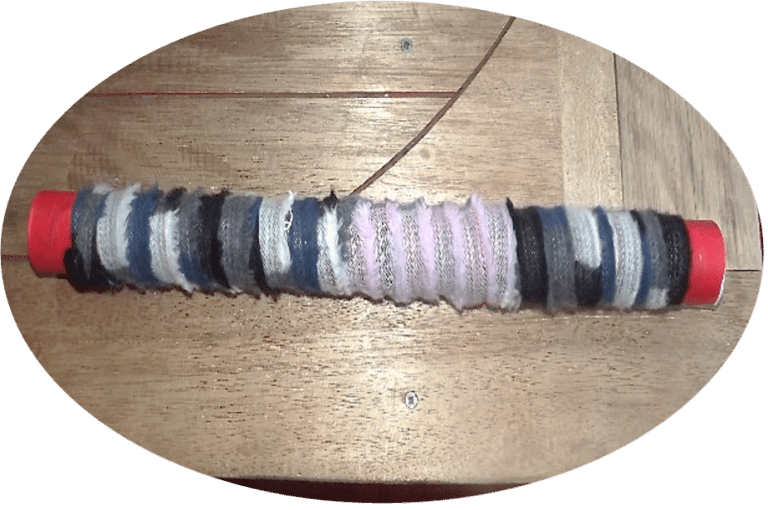There is so much to discover when we use our imagination!
Sculpture is the art of the intelligence – Pablo Picasso
Materials
- Clay and natural resources such as sticks, leaves, stones, flower pedals, nuts, berries, feathers, sand, shells, seaweed, etc.
Learning Goals
- Nature Awareness: Children collect natural resources from the environment and are encouraged to discuss what they find (touch/see) within their natural environment
- Fine Motor Skills: Kneeling clay and creating sculptures encouraged refinement of children’s fine motor skills
- Creativity: The early learners are encouraged to create a unique sculpture using their imagination or creating a sculpture of something (of their choice) in their environment using clay.
- Communication: The early learners are encouraged to discuss their scultpture, (shape, size, colour, materials used etc) and listen to others explain what they have made
Process Description
Step 1
Introduce the early learners to sculptures, statutes and 3D Modelling. This can be achieved by showing them images of famous sculptures and discussing what they mean, who created them, the materials used, interesting facts about the sculptures and any other topics that emerge from the children’s questions or discussion.
The three images depict famous sculptures from around the world! Use these as your starting point. You may also read a book with the early learners on famous sculptures, like The Game of Sculpture by Hervé Tullet, which is an interactive book that encourages children to make their own piece of art!
Step 2
Gather natural materials with children, encouraging them to choose what they think they may need to make their sculpture. The materials can be gathered on a nature walk or in a nearby park/outdoor space. The educator may also gather the materials and display a selection for children to choose from.
Step 3
Show the early learners a simple example of what they could do with the clay. Demonstrate how to kneel clay to make it soft.
Step 4
Provide a calm space for children to work independently on their sculpture. Provide help when needed but encourage children to work as independently as possible, using their imagination and own ideas to create their unique piece of art.
Step 5
When the early learners are ready encourage them to engage in discussion about their sculpture. Adapt this learning opportunity to the interests, age and stage of children in your care.
Adaptation
Create a story with all of the children’s individual sculptures, with a role for each artistic piece. Write the story down and take images of each sculpture to create a fun and interactive book! You may also use the sculptures to create the children’s own art exhibit, invite parents and members of the community to view them.
Reflective questions
- Did I give enough time for children to experiment and try out new things?
- Where children interested in this learning opportunity? If they were, how can I extend their learning.
- What additional resources could have enhanced children’s learning?
Author Bio
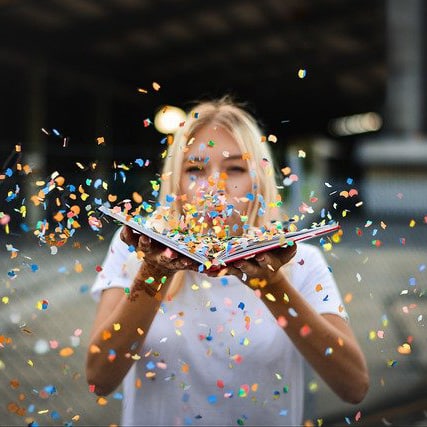
TeachKloud is a cloud-based management platform for early childhood educators and parents! See how it works here! Email hello@teachkloud.com for more information or a no-commitment information call.
